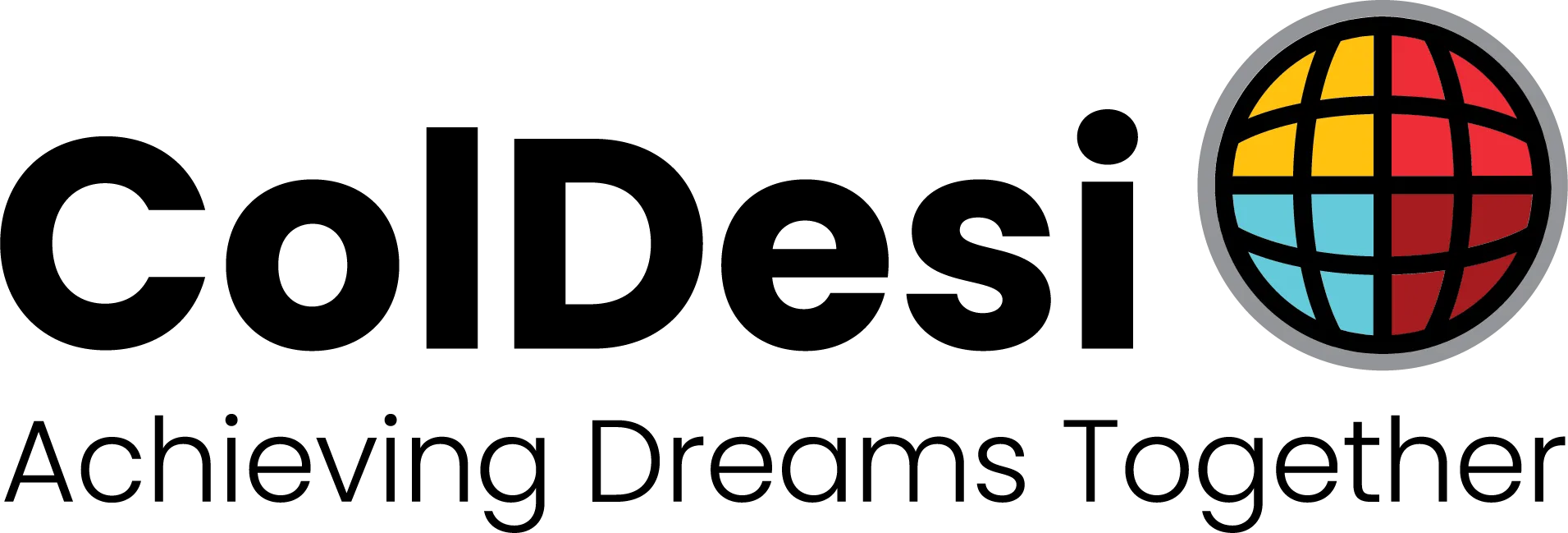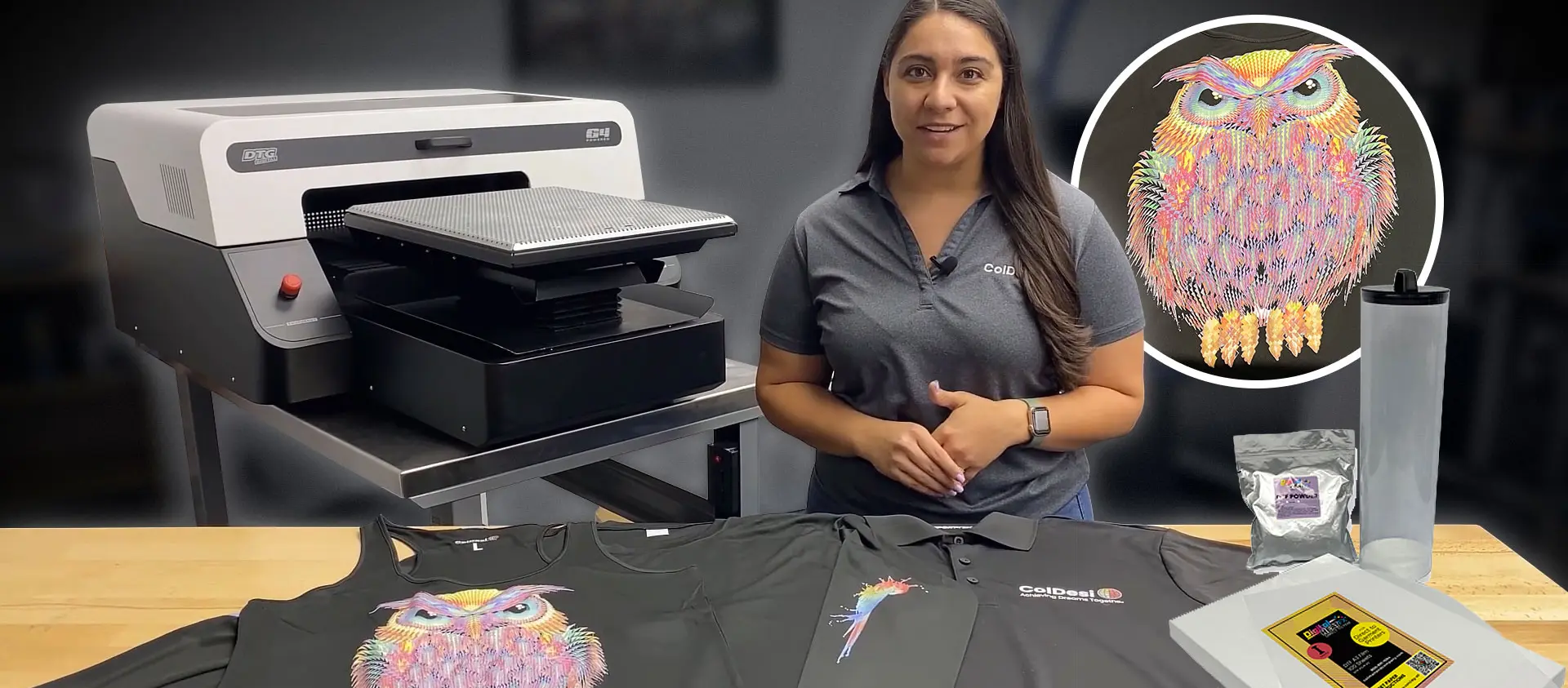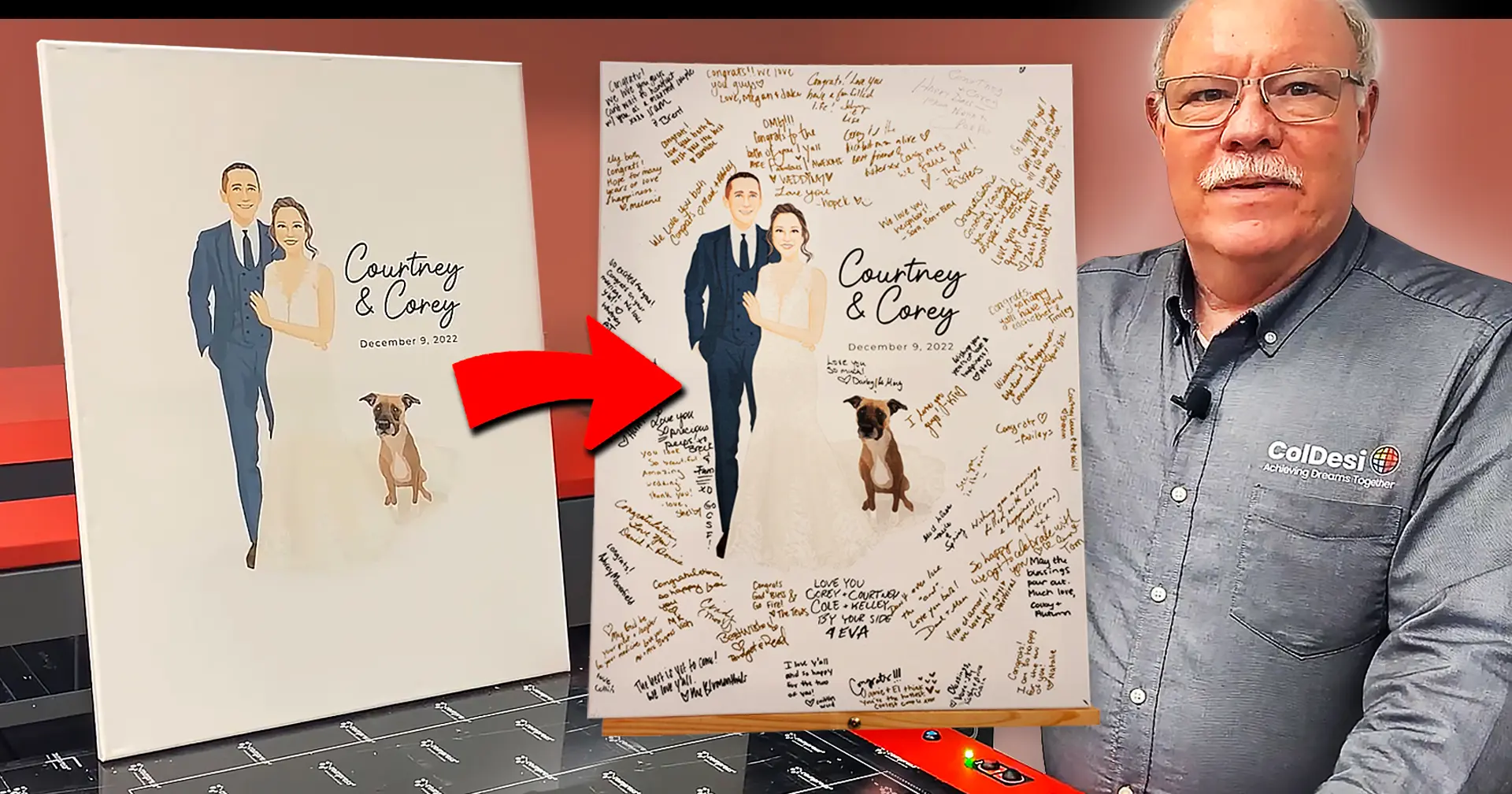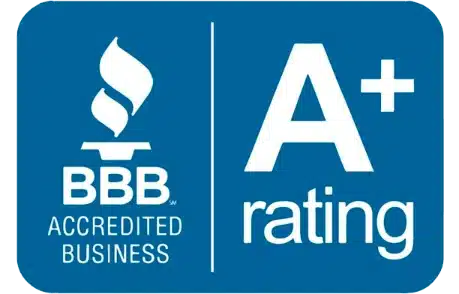Essential for achieving the best results in any embroidery job, backings also known as stabilizers help create a smooth, firm surface for clean sewing.
Because of the stress of sewing on embroidery machines, any material can benefit from the use of backing. Factors such as fabric stretch and the structure of a fabric play a significant role in why embroidery backing is important to the job.
However, there are tons of different kinds of backings on the market to choose from. So how do you know which one works best for your embroidery job? There is no right or wrong answer for which backing is right for a particular type of fabric, which is why we recommend testing and experimenting.
We’ve provided a brief description below of some of the most common types of backings and what we’ve found each of these are best used for.
- Tearaway
Tearaway backing is the choice for many commercial embroidery shops. Designs are finished quicker, safer and less expensive with tearaway backings than cutaway. Typically, tearaway backing is used for thicker materials or materials that don’t have a lot of stretch to them.
- Cutaway
Cutaway backings have stronger fibers as extra stability for stretchable and delicate fabrics during commercial embroidery. They are primarily for fabrics that tend to push themselves into the throat plate. Cutaways help maintain a crisp design during sewing, one that will withstand several washings.
- Peel and Stick
Peel and stick backings are primarily for hoopless embroidery or areas difficult to hoop. For the sake of an example, these areas could be collars, cuffs, pockets, or any highly stretchy fabric.
- Wash Away
Wash Away backing is known for its solubility, meaning it dissolves in water. This can be used on the top or bottom of your embroidery item.
